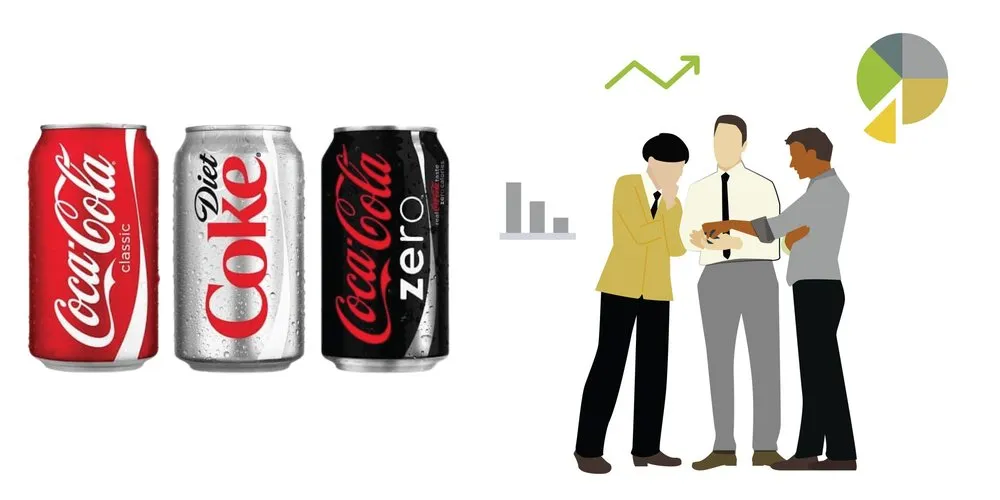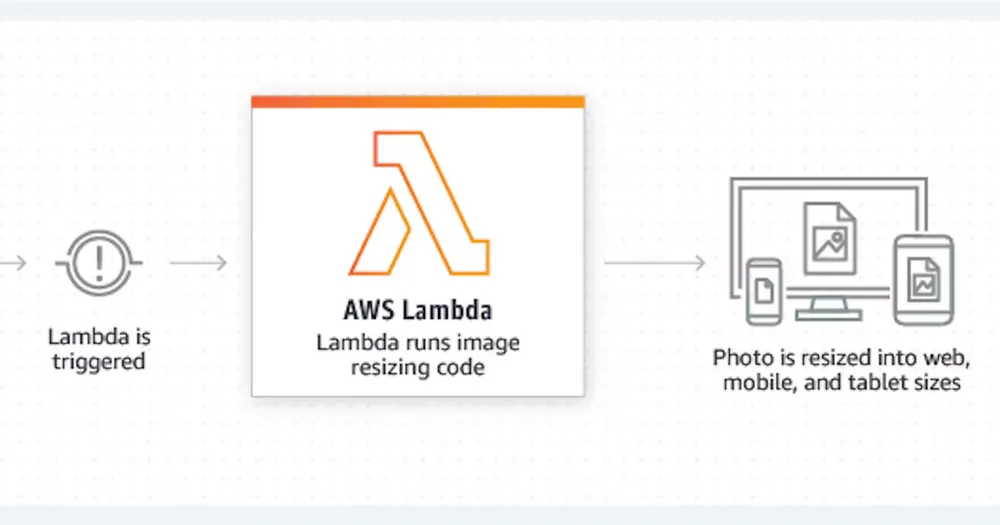
Cannibalization is generally defined as the negative impact of a company's new product on the sales performance of its
existing related products. But is it always bad? Certain types of cannibalization, such as the introduction of new and improved
products, are not necessarily undesirable. Knowing that the iPhone would eat into the market share of the iPod would not make
Apple stop the release of the iPhone. To quote its CEO, “if we don't cannibalize, someone else will”.
However, there are other cannibalization situations that companies generally overlook during sales planning. The costs and
benefits of such situations need to be weighed in advance. We will discuss three such types of cannibalization situations one
might overlook while planning, techniques to identify them in your ongoing operations, and the impact they can have on one's
business.
Multiple Channels
Companies often use multiple channels with overlapping target customer bases to sell their products. This may lead to
direct competition between salespeople in these channels leading to cannibalization between channels. The telecom business in
India, for example, has company salespeople, independent commission agents, and online service providers competing in the same
highly competitive market.
Before introducing a new channel, one should analyze the costs involved and the net increase in sales it is expected to cause. The
net increase in sales must take into consideration the reduction in sales of other channels due to the cannibalization
effect. Additionally, one should also consider readjusting targets of the affected sales force, who would face a reduction in
sales due to cannibalization because of factors beyond their control.
Another interesting phenomenon that occurs is that marketing spending or promotions in a particular channel have a cascading impact
(positive or negative) on the revenue of other sales channels. In the telecom example, a discount offered on online purchases
of calling plans can lead to a reduction in sales by in-store reps. Thus, the benefits of channel-specific promotions must not
be seen in a vacuum as they may have diverted the customers from one channel to another instead of causing an overall increase in
sales.
Sales Compensation Structure
The design of sales compensation plans has a direct bearing on sales as they drive the behavior of sales reps who
prioritize their activities on the basis of incentives attached to individual products in their selling portfolio. An unbalanced
higher incentive on a particular product might increase its sales but might result in lesser selling focus on other
portfolio products. Analyzing sales of all products together against time clearly confirms or rejects the presence of this
trend. Fig 1 shows an example of the cannibalization effect. Suppose the commission given on the sale of Internet 8Mbps
Broadband Product was increased since Feb to boost its sales. While it did lead to an increase in its sales,
it was at the cost of the other two products. The reps, instead of increasing overall business,
shifted their focus towards a more rewarding product. The benefits of the special incentive should thus always be looked at
holistically.

Fig 1: High Incentive for selling Internet 8 Mbps plan led to its cannibalizing other plan sales.
Another scenario could be of an FMCG conglomerate that allows its reps to sell personal-care products as well as food and
beverages (F&B) items. A decision to increase commissions on personal care products can cannibalize sales of F&B products by
altering the selling pattern of reps. It may be difficult to identify the reasons for dropping sales of personal care products
since the company might treat different verticals separately, and sales executives may not have visibility into sales trends of
other verticals. A single chart that shows sales of all product categories a company has can be utilized to identify this
effect.
Geography alignment
Competing stores of a company in the same proximity cannibalize each other’s sales. Sometimes,
expansion into a new territory can lead to a natural drop in sales of the adjoining territories because of some customers
switching. Customers might shift due to proximity to the new store, due to differential local tax rates,
due to non-uniform promotional offers, or due to better facilities (Parking!) in the new store. Starbucks identified this very
problem in its business and now uses extensive data analytics before opening a new store to determine the extent of
cannibalization it would cause to the existing ones. Figures 2 and 3 show how the sales of adjoining regions may be impacted
when a new store opens in fresh territory.

Fig 2: Sales when only 4 territories were present |

Fig 3: Sales after a store was opened in a nearby territory |
Such territorial changes can either be reported by the field or can be identified from mapping territory-level sales data. This
may require reassessing the potential of the territory and adjusting rep quotas accordingly. Note that in addition to external
factors causing changes in a territory’s potential, there might also be a natural reduction in the territory’s potential due to
market saturation. This is not cannibalization and is observed as a gradual flattening or decrease in territory revenue as
opposed to a sudden decrease that is characteristic of cannibalization.
Regular extensive sales analytics can help pre-empt such cannibalization situations and prevent one from being blind-sided by
them.
Would you like to get a sample sales data analysis for your company? Please email us at info@incentius.com
And if you got this far, we think you’d like our future blog content, too. Please subscribe on the right side.














